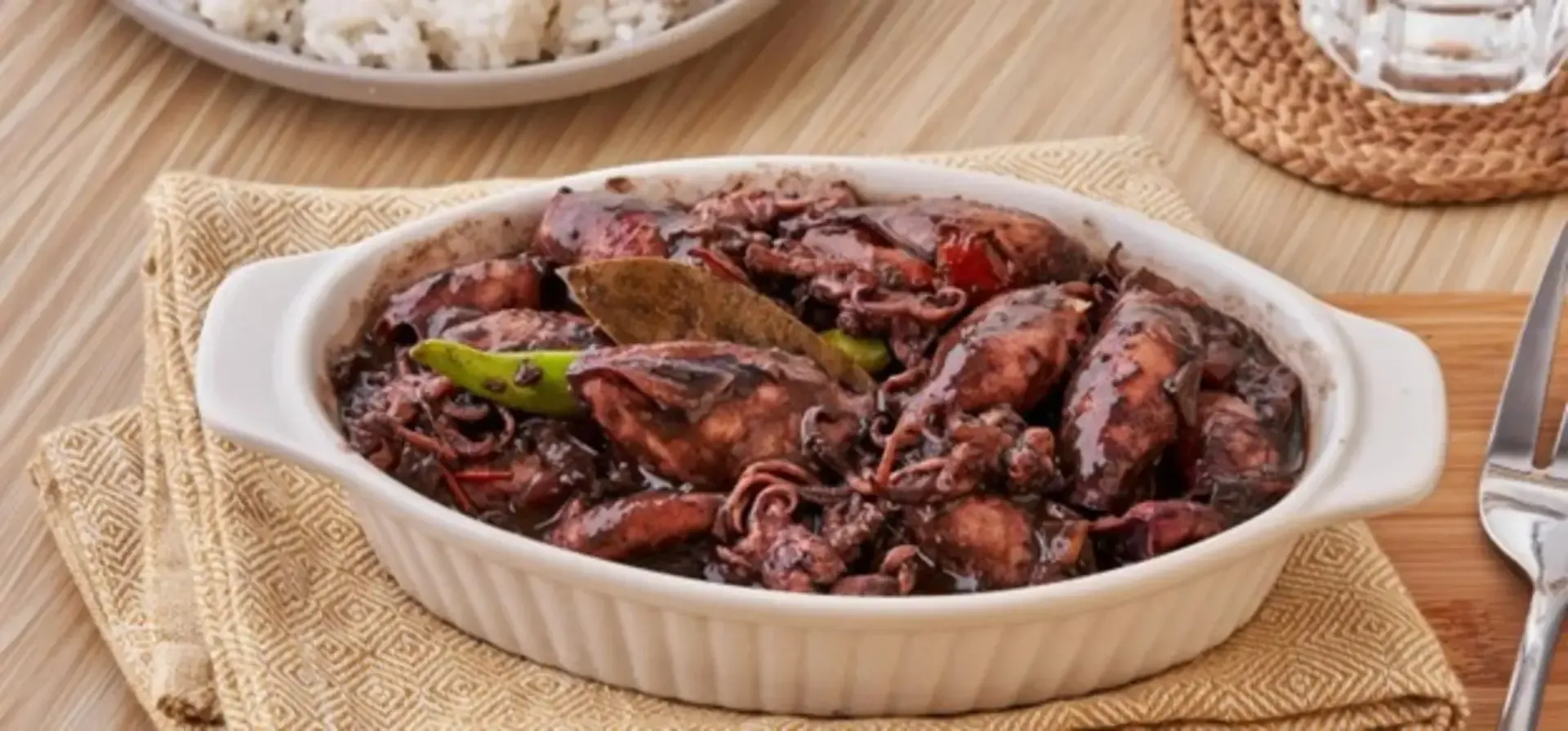Adobo, a beloved Filipino dish, is known for its rich and tangy flavors that have captivated taste buds around the world. While the basic concept of Adobo remains the same - meat or seafood marinated in vinegar, soy sauce, garlic, and spices - there are fascinating regional variations that showcase the diverse culinary traditions of the Philippines. In this article, we will delve into the different regional variations of Adobo, including Chicken Adobo, Pork Adobo, Adobong Manok sa Gata (Chicken Adobo with Coconut Milk), and Adobong Pusit (Squid Adobo).
Chicken Adobo, perhaps the most well-known variation, is a staple in Filipino households. The combination of chicken, vinegar, soy sauce, garlic, and spices create a delightful balance of flavors. The dish is typically simmered until the chicken becomes tender and absorbs the savory sauce. Some regions add additional ingredients like bay leaves, black peppercorns, or even sugar to enhance the taste. Chicken Adobo is often served with steamed rice, and its simplicity and versatility have made it a favorite among Filipinos and foreigners alike.








